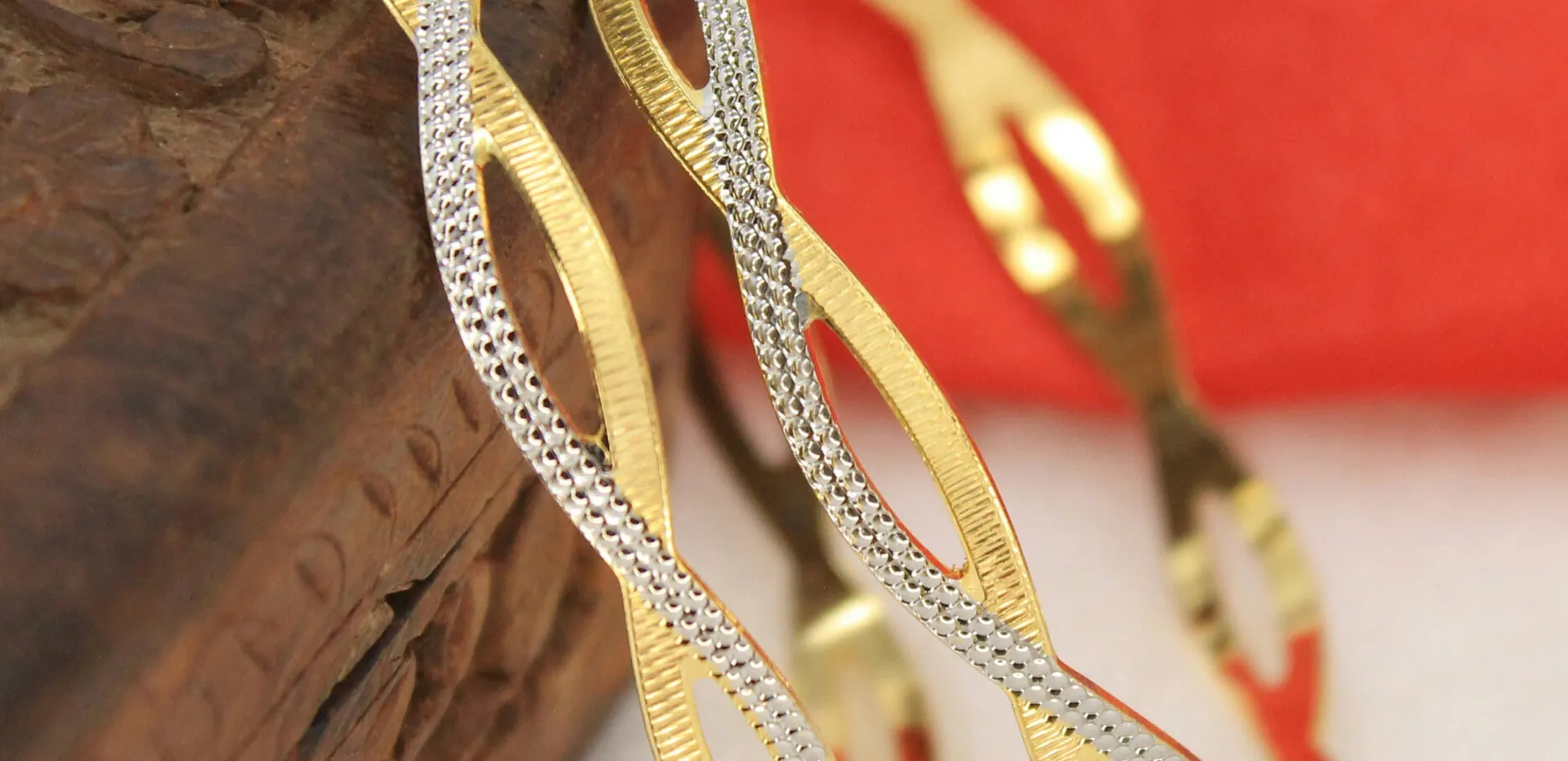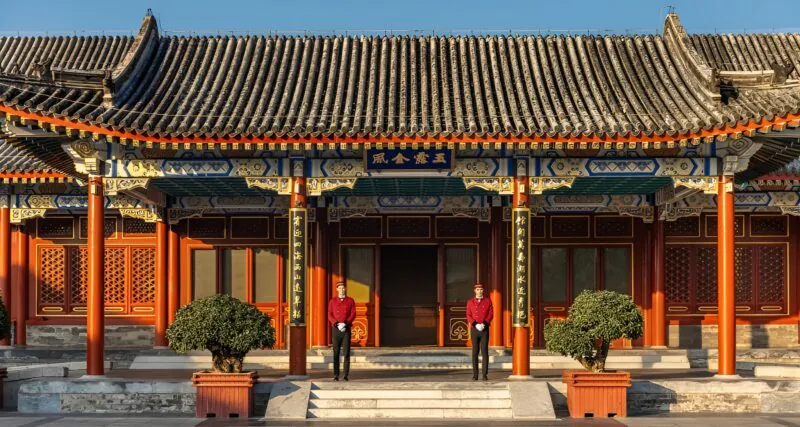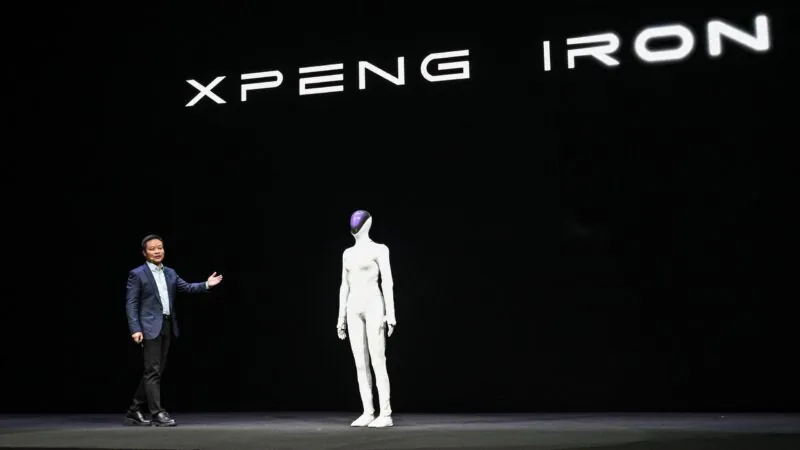In a large-scale Chinese counterfeit jewellery bust, authorities have broken up a sprawling fakes network allegedly worth more than US $10 million. The case underscores both the sophistication of China’s high-end counterfeit industry and the growing use of livestream commerce as a distribution channel.
_来自小红书网页版-767x1024.jpg.webp)
The operation ran out of villa-sized ‘factories’ that produced near-perfect replicas of pieces from Van Cleef & Arpels, Cartier and Bulgari. The setup stretched well beyond jewellery assembly: investigators found full packaging lines capable of recreating branded boxes, certificates and accessories – a sign that counterfeiters are now mirroring luxury supply chains from top to bottom, rather than relying on piecemeal workshops.
Distribution was just as modern. Instead of street-level stalls or private chat groups, the ring relied heavily on livestreams, tapping into China’s vast live-commerce ecosystem to move high volumes at speed. It’s a shift that makes enforcement harder and raises fresh questions about platform governance as counterfeiters piggyback on the trust and immediacy of real-time sales.

For luxury houses, the risks are familiar. Industrialised counterfeiting chips away at exclusivity and erodes pricing power, while livestream-based sales blur the lines between legitimate and illicit channels. For parent companies like Richemont and LVMH, China remains a critical market, but cases like this highlight the need for tighter authentication, supply-chain traceability and proactive monitoring of fast-moving content platforms.
This Chinese counterfeit jewellery bust also reflects Beijing’s continued emphasis on intellectual-property enforcement, particularly in sectors tied to consumer confidence and international trade. While the authorities did not release full details – such as the number of arrests or the provinces involved – the reported scale of the operation suggests a coordinated, long-running effort.
As China’s luxury rebound splinters between cautious buyers and big spenders, it’s likely that authenticity becomes an even bigger selling point. If a market is flooded with ever-more convincing fakes, reassurance will become part of the product. For brands, that means trust might now be as valuable as design.









